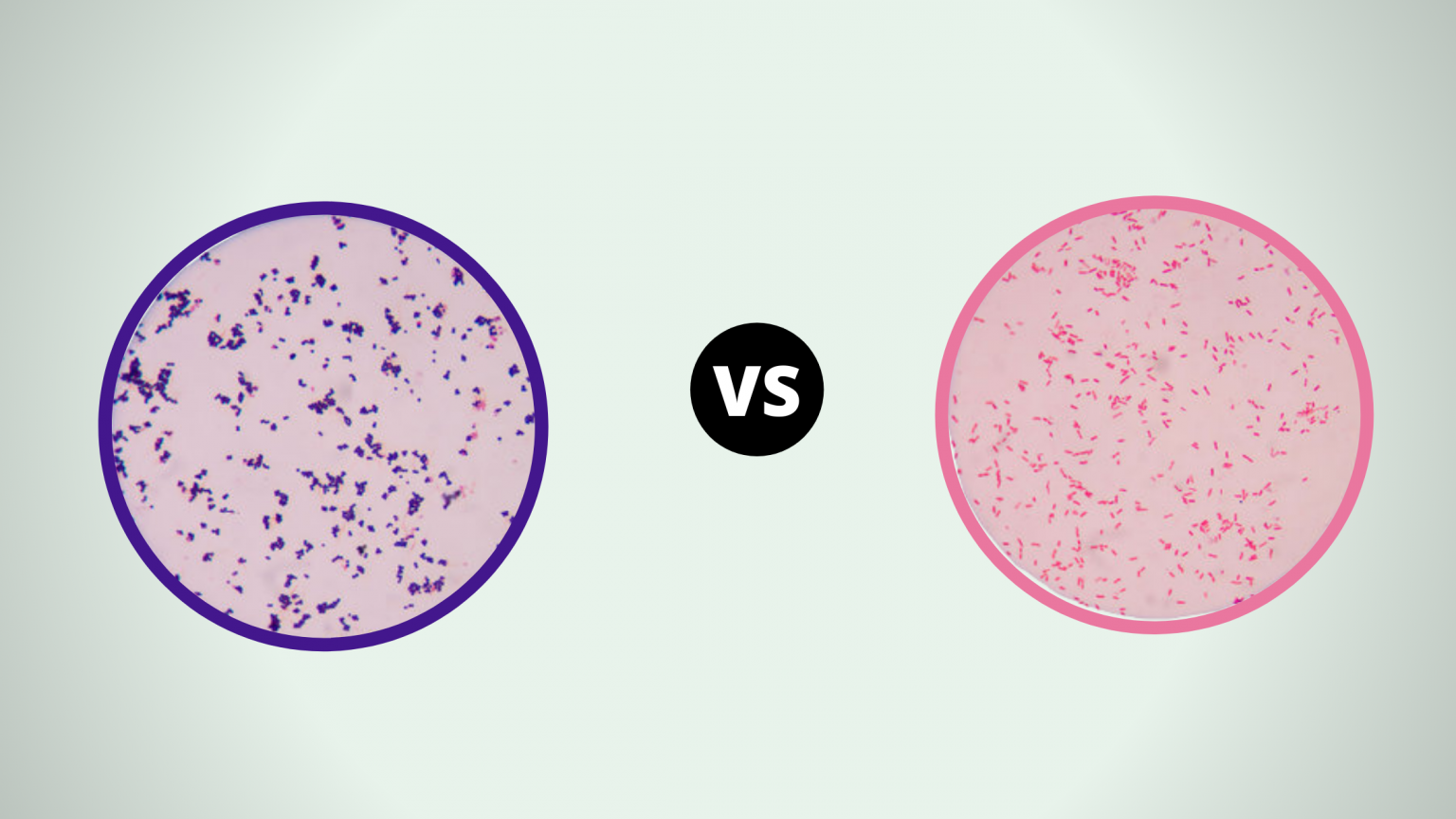

In addition, they can grow in pairs, cluster or chains depending on the attachment and orientation during cell division. Moreover, Cocci or Cocus is a bacterium that contains multiple genera like streptococci or staphylococci. Besides, bacteria are characterized on the basis of their shapes into three classes- Spirochetes (Spiral-shaped), Cocci (spherical-shaped), and bacillus (Rod-shaped) cells. Generally, the bacterium has a spherical, round, or ovoid shape. This slide CDKN1A gene, as you can see the high and low strata remain on a similar decline until they reach 130 months when they then separate.3 Solved Question on Cocci Cocci or Cocus Bacteria The low strata shows a more moderate decline from 0-130 months where it reaches 53%, it remains until 180m, then decreases 40% until it reaches 200m. It then drops to 35%, staying there until 140months then drops to 0%. This first graph is of the RPA2 gene shows a significant difference in high and low strata from the start, The high strata decline steeply from 0-45 months to 50% survival probability where it remains until 75months. We will be looking at the median value of 50% of both high and low strata. This slides shows the Kaplan−Meier graphs of colon cancer patients reporting the effects of expression of survival probability over a 200-month period. usingthe RPA2 gene with P value of 0.0072 and CDKN1A gene with P value of 0.66which coinsides with the following information. What would be the relationship between expression level of each gene in tumours and survival probability, including reference to the P value. The Bacillus species is a gram-negative single rod-shaped bacteria that gives a pink color after gram staining (after visualization under the microscope). A single rod-shaped bacterial cell is a result of the division of the parent cell in a single plane. The gram-positive cocci in clusters will be visualized as purple clusters under the microscope.Ģ. The cocci that divide into multiple planes (such as two or three planes) produce clusters of cells like a cluster of grapes. These bacterial cells are in cluster form due to their divisions into two plains. The gram-positive bacterial species that appear in clusters after gram staining can be Staphylococcus aureus. The gram-positive bacterial cells are not affected by the safranin as they already show purple color.ġ. The bacterial cells that lose their purple color are gram-negative and the bacterial cells that retain their purple color even after the treatment with decolorizer are gram-positive cells.ĭ) The fourth step is the treatment of the bacterial cells with safranin (imparts a pink color to the gram-negative bacteria). The steps of the gram staining procedure are -Ī) The first step is the staining of the bacteria species with crystal violet (staining all the bacterial cells to purple).ī) The second step is the use of iodine as a mordant (increases the affinity of crystal violet stain for the bacterial cells).Ĭ) The third step is the treatment of the bacterial cells with decolorizer, a mixture of acetone and ethyl alcohol (removes the crystal violet stain from the bacterial cells). Gram staining (a staining procedure) differentiates between bacterial species on the basis of their cell wall structures.


 0 kommentar(er)
0 kommentar(er)
